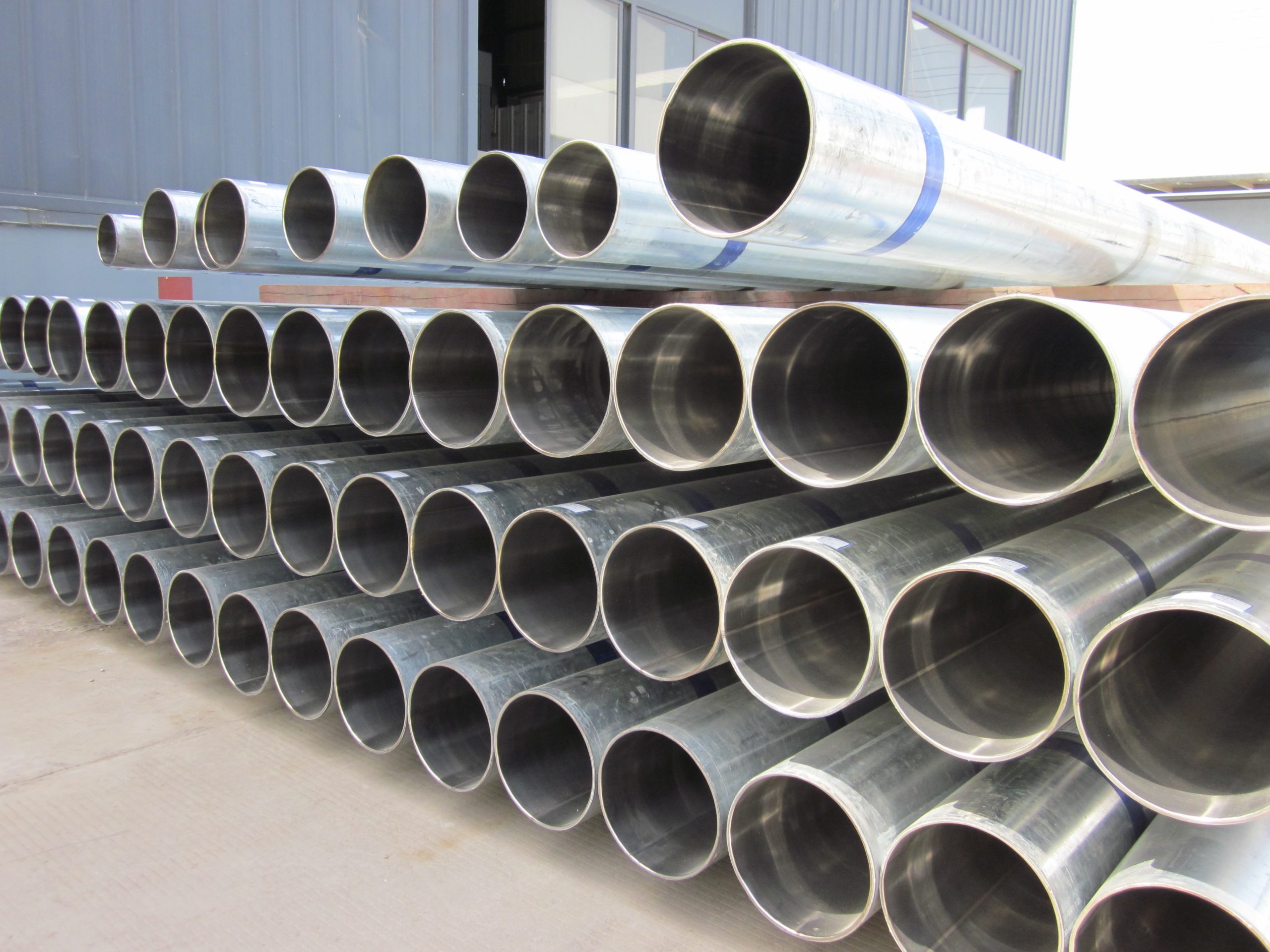
Schweißen von Edelstahl ROHR AUSGEKLEIDET umfasst einige Schritte, die sorgfältige Aufmerksamkeit erfordern, um sicherzustellen, dass a Qualität Siegel. Hier ist eine allgemeine Methode zum Schweißen dieser Rohrtypen:
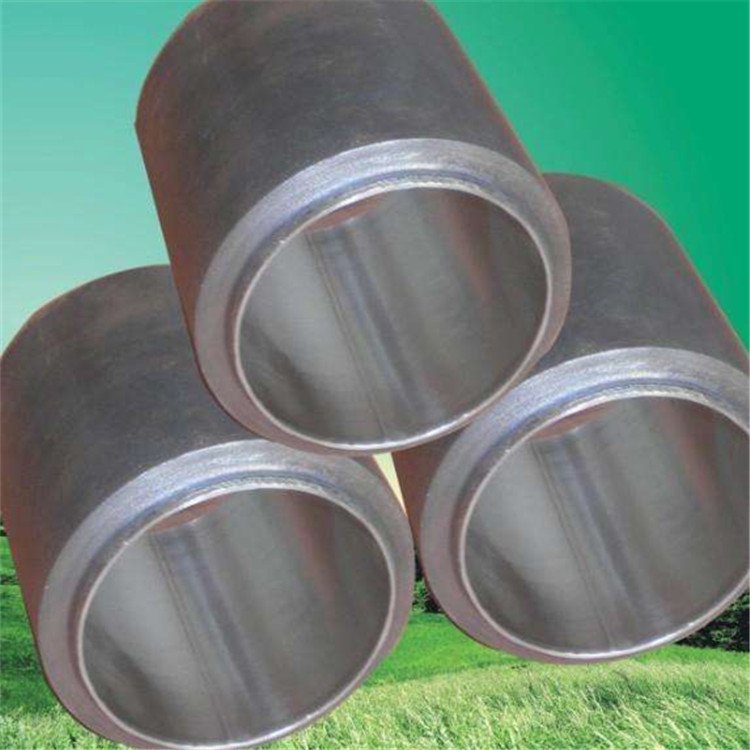
Benötigte Materialien:
- Schweißgerät (WIG bzw MICH typischerweise für Edelstahl)
- Füllmaterial aus Edelstahl
- Schweißmaske und Handschuhe
- Drahtbürste oder Mühle
- Schweißgas (Argon für WIG, eine Mischung aus Argon und CO2 für MICH)
Verfahren:
1. Vorbereitung:
-
Rohrreinigung – Der wichtigste Schritt vor dem Schweißen ist die gründliche Reinigung des Rohres. Zum Entfernen von Rost können Sie eine Drahtbürste oder eine Schleifmaschine verwenden, Skala, oder andere Verunreinigungen auf der Rohroberfläche.
-
Rohrausrichtung – Nach der Reinigung, Richten Sie die Rohre richtig aus. Die Rohre sollten bündig aneinander liegen, um eine nahtlose Verbindung zu schaffen. Verwenden Sie bei Bedarf Klemmen, um die Rohre an Ort und Stelle zu halten.
-
Aufstellen der Schweißmaschine – Abhängig von der Dicke Ihres Rohres, Stellen Sie die entsprechende Leistung und Drahtgeschwindigkeit ein (Für mich) oder Stromstärke (für WIG) auf Ihrem Schweißgerät.
2. Heftschweißen:
- Beginnen Sie mit Heftschweißen an mehreren Stellen rund um die Rohrverbindung. Dies hält die Rohre zusammen und verhindert ein Verziehen während der Hauptleitung Schweißprozess.
3. Hauptschweißen:
-
Root-Pass – Der erste Schweißdurchgang ist normalerweise der Root-Pass, die entlang der Rohrverbindung hergestellt wird. für Edelstahl, Eine übliche Methode ist die Verwendung eines Schutzgases, wie Argon, um die Rückseite der Schweißnaht vor Oxidation zu schützen. Dies ist besonders wichtig für Edelstahl, das Chromoxide bilden kann, wenn es im heißen Zustand der Atmosphäre ausgesetzt wird.
-
Füllpässe – Nach dem Root-Pass, zusätzlich Füllpässe Es kann erforderlich sein, die Fuge vollständig zu füllen. Die Anzahl der Durchgänge hängt von der Dicke des Rohrs und der gewünschten Festigkeit der Verbindung ab.
-
Cap-Pass – Der letzte Durchgang ist der Cap-Pass, Dadurch soll die Schweißnaht geglättet und eine gleichmäßige Oberfläche gewährleistet werden.
4. Reinigung nach dem Schweißen:
-
Nachdem Sie mit dem Schweißen fertig sind, Es ist wichtig, den Schweißbereich erneut zu reinigen, um Schlacke oder Oxidation zu entfernen. Dies kann mit einer Drahtbürste oder einem Schleifer erfolgen.
-
Zusätzlich, Möglicherweise müssen Sie nach dem Schweißen eine Wärmebehandlung durchführen, Abhängig von der Art des Edelstahls und der spezifischen Anwendung..
.
Erinnern, Sicherheit sollte beim Schweißen oberste Priorität haben. Tragen Sie stets geeignete persönliche Schutzausrüstung, inklusive Schweißhelm, Handschuhe, und Schutzkleidung.
Ebenfalls, Beachten Sie, dass es sich bei dieser Methode um ein allgemeines Verfahren handelt, das je nach Edelstahltyp variieren kann, Rohrabmessungen, und andere Faktoren. Ziehen Sie immer in Betracht, einen Fachmann zu konsultieren oder sich an den jeweiligen Anbieter zu wenden Schweißverfahrensspezifikation (WPS) für Ihren speziellen Anwendungsfall.

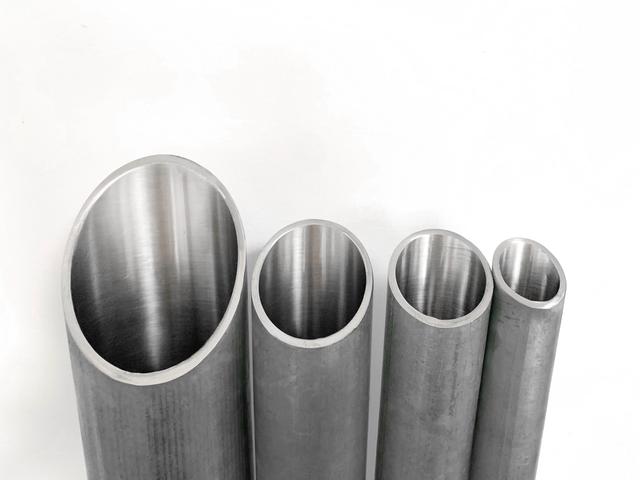
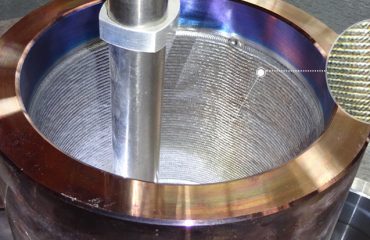
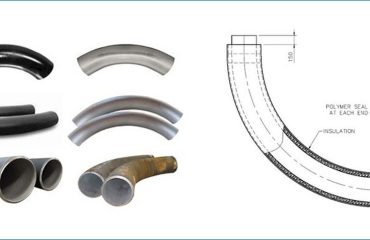
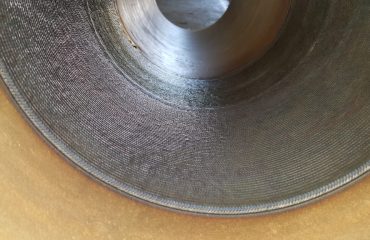
Sie müssen eingeloggt sein, um ein Kommentar abzugeben.